Understanding the Endo-Exo Rule in the Diels-Alder Reaction
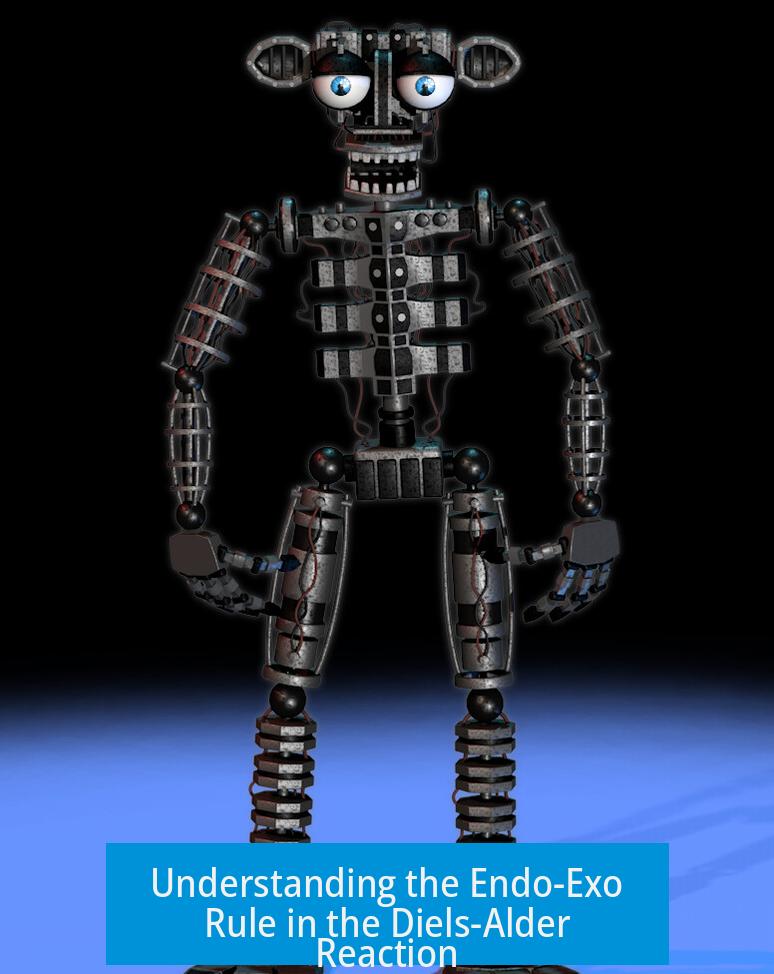
The Endo-Exo rule in the Diels-Alder reaction describes the stereochemical preference for the formation of endo or exo products, which depends on reaction conditions and the nature of the diene and dienophile. Under typical conditions, the endo product usually forms faster (kinetic control), while at higher temperatures, the exo product may dominate (thermodynamic control).
1. The Diels-Alder Reaction and Basic Concepts
The Diels-Alder (DA) reaction is a [4+2] cycloaddition between a conjugated diene and a dienophile that produces a six-membered ring. It often forms stereochemically defined products. The dienophile normally contains an electron-withdrawing group like a carbonyl to enhance reactivity.
This cycloaddition can proceed forwards to form the product or backwards via the retro Diels-Alder reaction, making it reversible. This reversibility enables the reaction to equilibrate under certain conditions.
2. Defining Endo and Exo in the Diels-Alder Reaction
When two cyclic structures join in a DA reaction, a new ring forms between them. The substituents on the dienophile can orient differently relative to this ring:
- Endo product: The dienophile substituents point “inward,” towards the newly formed six-membered ring, often aligning under the larger bridge.
- Exo product: The substituents point “outward,” away from the ring.
These orientations lead to different stereoisomers with distinct properties.
3. The Endo Rule: Preference and Limitations
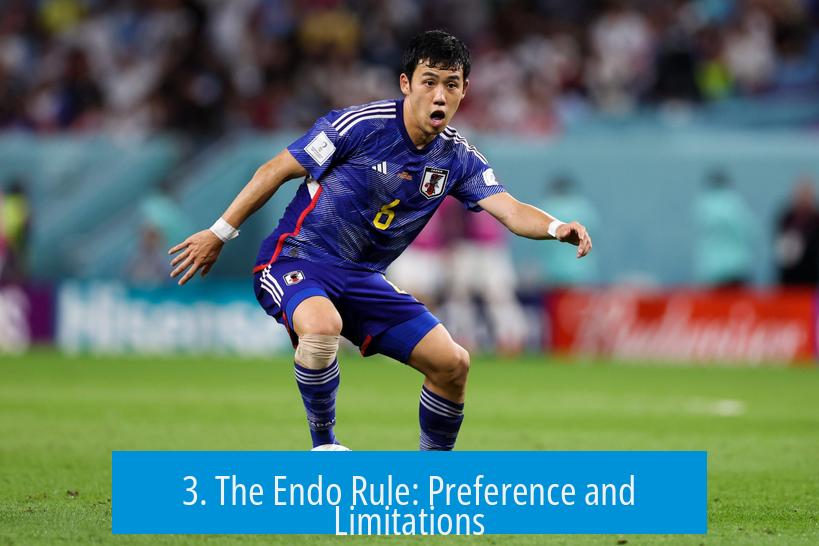
The so-called “endo rule” observes that, in many cases, the endo isomer forms preferentially over the exo. This is attributed to favorable secondary orbital interactions between the dienophile’s substituents and the developing π system in the transition state.
However, this rule is empirical, not absolute. The preference depends on the nature of the dienophile, reaction conditions, and steric factors.
4. Kinetic vs Thermodynamic Control in Product Formation
Under standard DA reaction conditions, the endo product forms faster and thus is the kinetic product. Reaction conditions such as moderate temperatures often favor its formation.
At elevated temperatures, the DA reaction reverses and equilibrates via the retro Diels-Alder process. This equilibration can favor the more thermodynamically stable exo product, which, although forming slower initially, is energetically more stable.
- Low temperature → endo kinetic product dominates.
- High temperature → exo thermodynamic product becomes favored.
However, some experiments report an unexpected equal mixture (50:50) of endo and exo isomers under certain conditions. This suggests a delicate balance influenced by temperature, sterics, and other factors.
5. Reversibility and Equilibration in Diels-Alder Reactions
The reversibility between DA and retro DA reactions is rapid. The product distribution is dynamic and can shift with temperature and time.
In some cases, bulky or structurally complex dienophiles, such as cyclic anhydrides, reduce the stereochemical bias that drives endo preference. Large groups sterically hinder the endo transition state, resulting in mixed or equal endo/exo ratios.
This effect illustrates how size and shape of the dienophile impact the stereochemical outcome beyond simple electronic considerations.
6. Influence of Chemical Transformations Post-Diels-Alder

After the initial DA reaction, further reaction steps can modify product ratios. For example, cyclic anhydrides formed after DA reactions may undergo hydrolysis back to dicarboxylic acids.
Solvents like anisole can facilitate dehydration to form anhydrides and help remove water through azeotrope formation, driving specific reaction pathways.
Instead of retro DA reactions, keto-enol tautomerization may influence product stability and distribution. This tautomerization can erode the initial endo/exo ratios by equilibration between syn and anti forms, each capable of further transformations.
- Keto-enol tautomerization can transform a predominantly endo product mixture into approximately equal syn:anti forms.
- Subsequent dehydration traps syn isomers as anhydrides, further influencing observed isomeric ratios.
7. Proper Stereochemical Representation
Accurate representation of molecular stereochemistry is vital for clarity. In chemical drawings:
- Dashed wedges denote bonds oriented into the plane of the paper and must be drawn as separate dashes.
- Wavy or wiggly lines imply undefined or uncertain stereochemistry and should not be confused for dashed wedges.
Precision in depiction assists in clear communication of the stereochemical outcome, especially important for complex Diels-Alder adducts.
8. Summary Table of Endo vs Exo Characteristics
| Feature | Endo Product | Exo Product |
|---|---|---|
| Substituent orientation | Towards the newly formed ring (inward) | Away from the newly formed ring (outward) |
| Formation speed | Kinetic product (forms faster) | Thermodynamic product (forms slower) |
| Temperature effect | Favored at lower temperatures | Favored at higher temperatures via equilibrium |
| Stereochemical guidance | Guided by secondary orbital interactions | More sterically relaxed, more stable |
Key Takeaways

- Diels-Alder reactions are reversible and can produce both endo and exo products depending on conditions.
- The endo product is typically the kinetic product favored under mild conditions due to orbital interactions.
- Higher temperatures enable equilibration via retro DA, favoring the thermodynamically more stable exo product.
- Larger or bulkier dienophiles may diminish endo preference, leading to mixed or near 50:50 endo/exo ratios.
- Keto-enol tautomerization and subsequent chemical transformations further influence the final isomer distribution.
- Precise stereochemical representation in drawings is essential for clear communication of the DA outcomes.
Unlocking the Mystery of the Endo Exo Rule in the Diels-Alder Reaction
What exactly is the Endo Exo Rule in the Diels-Alder reaction? At its core, it’s a guideline about how two possible stereochemical products form when a diene reacts with a dienophile. The reaction yields two main isomers: endo and exo. Typically, the endo product is favored under normal conditions, but things aren’t always that black-and-white.
Let’s dive deeper into this intriguing chemistry puzzle.
Decoding the Diels–Alder Reaction
The Diels-Alder reaction is a classic [4+2] cycloaddition celebrated for creating six-membered rings quickly and efficiently. It pairs a conjugated diene with a dienophile. This dienophile often wears an electron-withdrawing group—a carbonyl, perhaps—which makes it a good little partner for the diene.
Now, when these two molecules come together, stereo-magic happens. You end up with two possible spatial arrangements of the product: the endo and the exo isomers.
Endo vs Exo: What’s the Big Deal?
| Feature | Endo Product | Exo Product |
|---|---|---|
| Orientation of Substituents | Substituents point towards the larger bridge (inside) | Substituents point away from the newly formed ring (outside) |
| Formation Speed | Forms faster under kinetic control | Forms slower, favored under thermodynamic control |
| Stability at High Temp. | Less stable at elevated temperatures | More stable at elevated temperatures |
The endo product is often called the kinetic product because it forms faster, usually dominating early reaction mixtures. This is the classic Alder Endo Rule in action—reflecting an empirical preference observed in countless experiments.
But—hold on—a lot depends on the reaction conditions.
Reversibility: Diels-Alder and Retro Diels-Alder
The Diels-Alder reaction is reversible. Yep, the retro Diels-Alder reaction sends products back to starting materials. This back-and-forth impacts which product dominates at any given moment.
Imagine a tug-of-war where the molecules jump back and forth between diene plus dienophile or the cycloaddition product. At room temperature and under normal conditions, the endo product pops up first, faster and eager to form.
However, give the system some heat (we’re talking elevated temperatures), and equilibrium kicks in. Now, the more stable exo product may steal the spotlight as thermodynamic control takes over.
Interestingly, some reactions yield a quirky 50:50 endo/exo mix. Why? Researchers suspect there’s a temperature sweet spot where neither isomer is significantly favored. Plus, the nature of the dienophile and product influences this balance.
Size and Shape of Dienophile: When the Endo Rule Bends
Not all dienophiles obey the endo rule like clockwork. Take cyclic anhydrides, for instance. Their bulky, ringed shape can throw a wrench in typical preferences.
When such cyclic anhydrides enter the Diels-Alder party, their size and shape disrupt the usual stereochemical bias. As a result, the reaction might produce an almost 50:50 jumble of endo and exo adducts. The steric clutter literally levels the playing field.
This phenomenon highlights a major takeaway: the endo rule is a helpful guide, not a strict edict. Reaction context matters.
Chemical Side Quests: Anisole and Hydrolysis Steps
The synthesis story doesn’t stop at the Diels-Alder cycloaddition. Some transformations afterward also affect product distribution.
- Anisole’s Role: This high-boiling-point solvent does a neat trick. It forms water azeotropes, effectively removing water from the reaction mixture. This helps convert acids to their anhydride forms and keeps the reaction progressing efficiently.
- Hydrolysis: The endgame often involves hydrolyzing the anhydride back to dicarboxylic acid, finalizing the product lineup.
- Keto-Enol Tautomerization: Sometimes, keto-enol tautomerism is more influential than retro Diels-Alder. It equilibrates syn and anti forms, which can erode initial stereochemical preferences from the cycloaddition and ultimately cause a 50:50 syn:anti balance at later stages.
In particular, keto-enol tautomerization disrupts the initial dramatic 92:7.4 ratio of endo to exo products by scrambling isomers. This fact underscores why one can observe surprising product ratios after the reaction’s later stages.
Stereochemical Representation Tricks
While drawing these molecules, pay attention to how stereochemistry is conveyed. Using a dashed wedge represents bonds going into the page clearly and unambiguously. In contrast, a wavy line implies undefined or ambiguous stereochemistry. It’s a subtle but crucial detail for chemists communicating their structures.
Practical Tips and Insights for The Curious Chemist
- Temperature is Your Stereochemical Lever: Run the reaction at lower temperatures, and you’re more likely to get that fast-forming, kinetically favored endo product. Heat things up, and the thermodynamic exo product can gain prevalence.
- Consider the Dienophile’s Shape: Bulky cyclic dienophiles may defy expectations. Anticipate mixed stereochemistry when size prevents typical endo selectivity.
- Think Beyond Diels-Alder: Watch for later transformations like keto-enol tautomerization or anhydride hydrolysis that might reshape your product profiles and yield timings.
- Solvent Choice Matters: Employing anisole or similar solvents can efficiently drive the reaction through dehydration steps by removing water azeotropically.
Why Should You Care About the Endo Exo Rule?
Understanding the endo/exo dynamics is no mere academic exercise. It shapes how chemists design syntheses for pharmaceuticals, complex natural products, and materials.
Imagine crafting a drug molecule where the orientation of a substituent dictates its biological effect. Knowing under what conditions the endo or exo product dominates lets you steer your synthesis toward better yields and purer products.
Plus, predicting stereochemical outcomes helps avoid tedious separation of isomers later. Time is money, after all.
Closing Thoughts: Rules with Exceptions
Despite its name, the “Endo Rule” should be thought of as a preference, not a law etched in stone. Reaction reversibility, temperature, substituent size, and post-reaction chemistry all conspire to influence product ratios.
Curious chemists delight in these subtleties because they make synthetic organic chemistry both challenging and rewarding. So, next time you hear “endo versus exo,” remember the story is far richer than a simple rule. Embrace the complexity—after all, chemistry rarely fits in neat boxes!
What determines the preference for endo or exo products in the Diels-Alder reaction?
The endo product is favored under kinetic control because it forms faster. At higher temperatures, the reaction can equilibrate, allowing the thermodynamically more stable exo product to dominate.
Why does the anhydride Diels-Alder adduct sometimes show a 50:50 mix of endo and exo isomers?
The bulky size and shape of the cyclic anhydride reduce stereochemical bias, making the endo preference less pronounced and often leading to an equal mix of isomers after reversibility and tautomerization.
How does keto-enol tautomerization affect the product distribution in Diels-Alder reactions?
Keto-enol tautomerization equilibrates syn and anti forms, disrupting the original endo/exo ratio and producing roughly equal amounts of isomers, especially during conversion to anhydride products.
What is the difference between endo and exo orientations in Diels-Alder products?
In endo products, substituents on the dienophile point toward the larger bridge of the newly formed ring. In exo products, these substituents point away from the ring, leading to distinct stereochemistry.
Is the Endo Rule in Diels-Alder reactions an absolute rule?
No, the Endo Rule is an empirical preference, not a rigid rule. While endo products often predominate, conditions and substrates can shift the balance toward exo products.


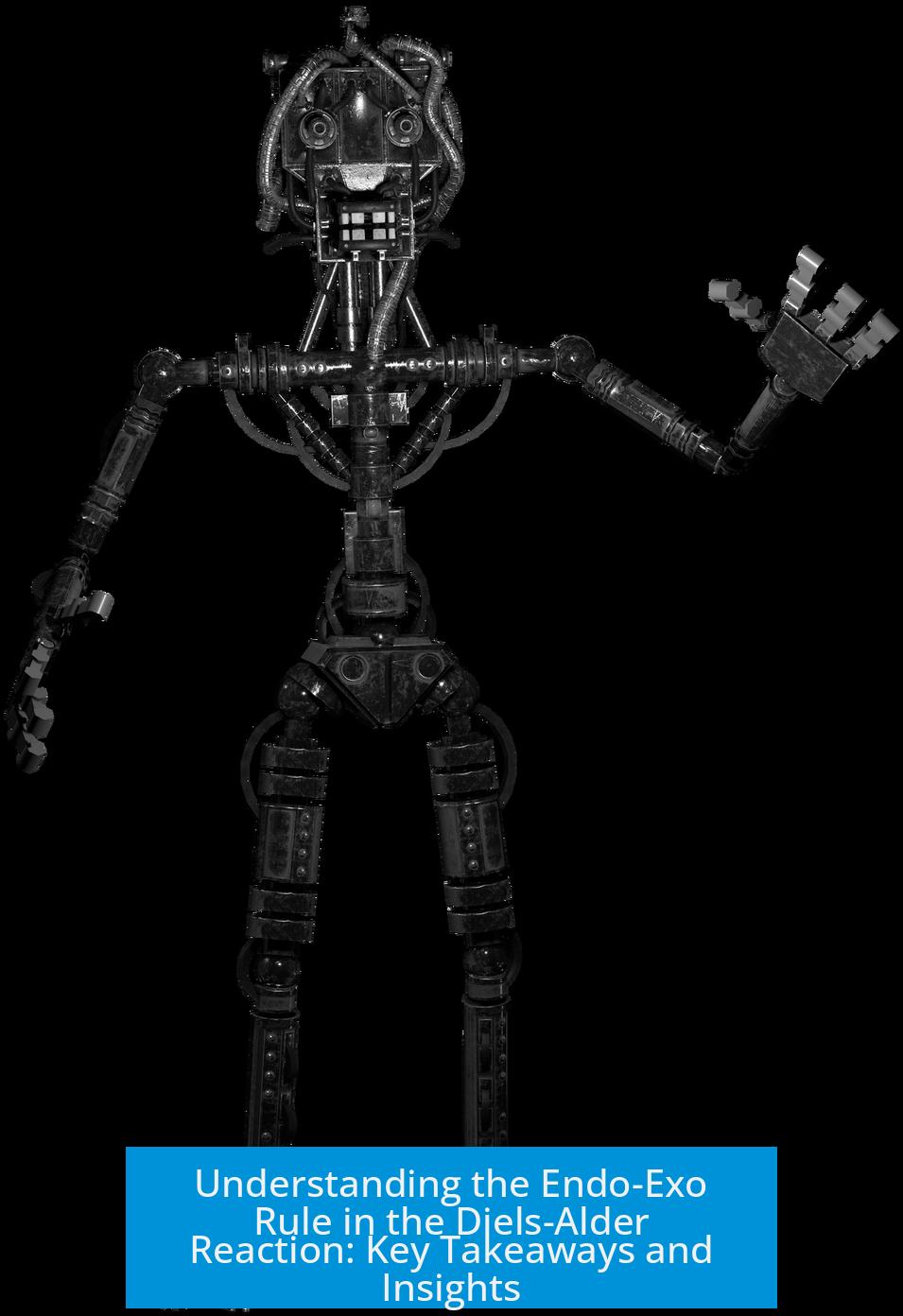
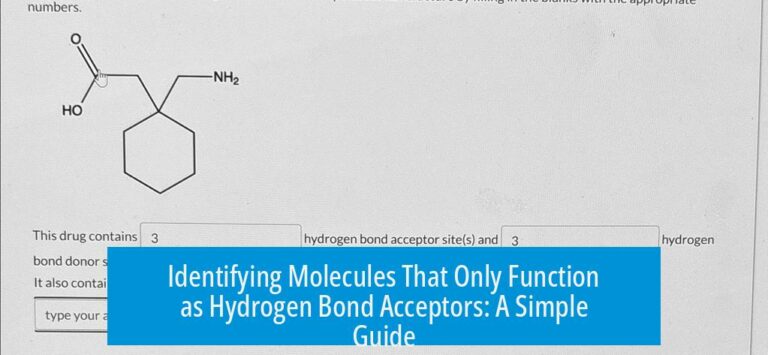
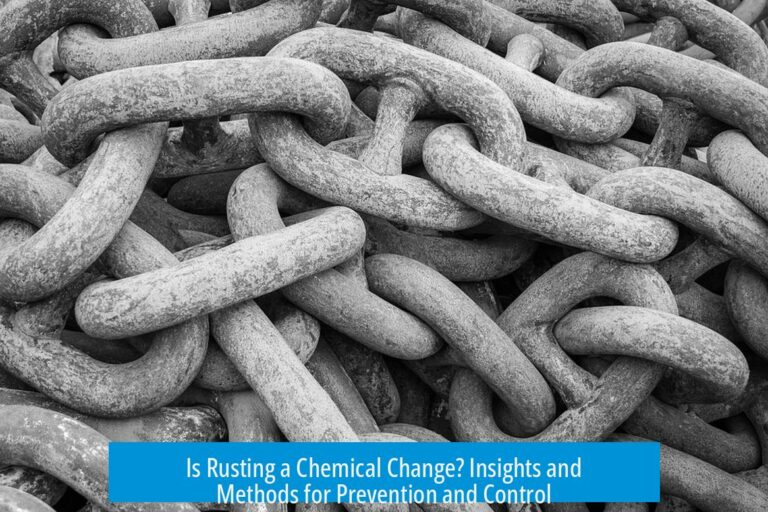
Leave a Comment